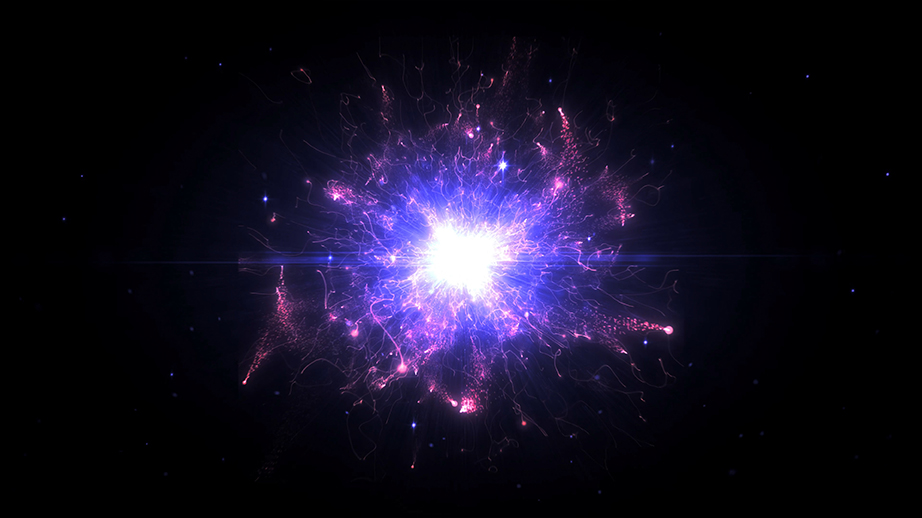
We have shown lately how additional astronomical “mysteries” are resolved once gravity is considered to be pulling
space itself to the masses exerting this pull. Not by masses attracting other masses mutually.
If we allow that individual particles have acquired spin and in so containing energy that had wasted itself in random
motion with no permanent effect on anything else. New Gravity proposes that the Universe is presently the same size,
no more and no less than has always existed. The accepted view is that a singularity has expanded and now has
spawned 2 trillion galaxies! When Big Bang was first mooted the milky way was considered to be the whole Universe.
What other benefits comes from New Gravity? Firstly trillions of particles are created throughout the 2 trillion galaxies
and so need no magic force to get there. The view of the night sky is what is expected and needs no sudden inflation to
explain it.
The stars in spiral galaxies, that at its outside edges are moving faster than seems possible, are motivated by “historic” gravity.
Space has been moving for up to 14 billion years or so. From the centre of these galaxies each mass pulls up to the edge
of the galaxy, but beyond that the pull becomes a push. This squeezes the galaxy and so releases energy, speeding the
outer stars which are kept in the galaxy by the constant push from eternal gravity.
The problem with Mercury is partly that space is moving, not a direct pull on mercury but because of the fact that it is so
close to the sun, the moving space retains an element of the rotation of the sun and its atmosphere. Thus causing an
apparent exception to normal Newtonian expectations, when compared to all the other planets in the solar system.
Surely a very logical explanation.